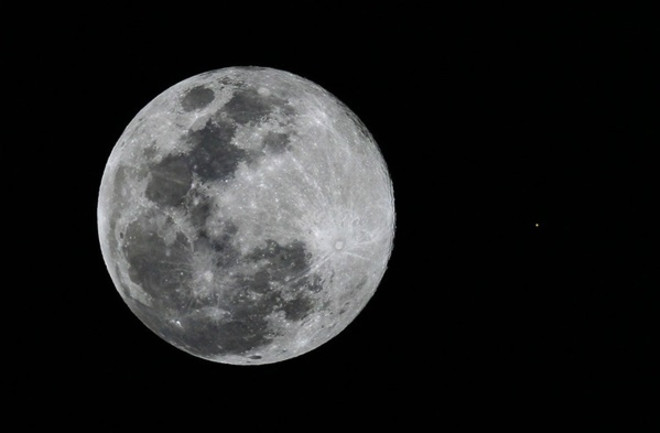As the Moon orbits Earth, it skims through the sky, passing by the planets each month. But sometimes, things align just right and the Moon appears to pass in front of a planet from our point of view. Such an event is called an occultation, and there’s one coming to the sky Wednesday night, when bright, ruddy Mars is temporarily blocked from view by Earth’s lone natural satellite.
Enjoying the show
The Red Planet reaches opposition early Thursday morning — a day already marked on many observers’ calendars. But just a few hours earlier, late on Wednesday night, the nearly Full Moon will occult Mars for skywatchers in most of the U.S. (The only exceptions are those on the East and Gulf coasts, who will witness a near miss.) Additionally, observers in Canada, Greenland, Iceland, the U.K., northern Africa, and northwestern Europe can also see the event.Binoculars or a telescope will be useful to watch the planet disappear and reappear. But even without any equipment, you’ll notice when bright, red-hued Mars (magnitude –1.9) — readily visible to the naked eye — winks out of view behind the lunar disk. It will take about an hour for the Moon to move far enough along the ecliptic to allow Mars to slip back out into sight. The moments of disappearance and reappearance — as well as the duration of the occultation — depend heavily on your location; below are the times for a few notable U.S. cities, but you can look up the crucial times for the city nearest you at www.lunar-occultations.com/iota/planets/1208mars.htm. (Note that the times given on this website are in UT, so you will need to convert to your local time. Below are the local times that Mars will disappear and reappear from behind the Moon for several major cities across the U.S.)







